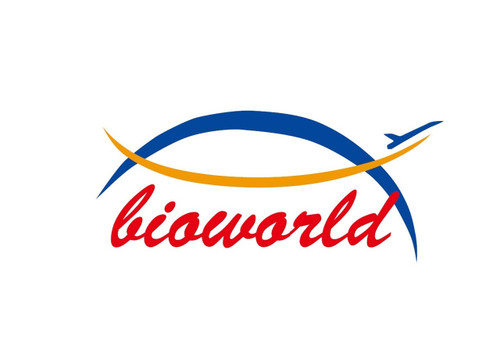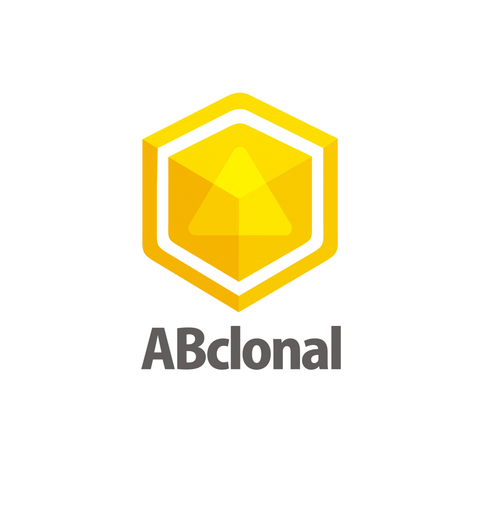Product Description
EphA2 (phospho-Y588) polyclonal Antibody | BS4833 | Bioworld
Host: Rabbit
Reactivity: Human,Mouse
Application: IHC
Application Range: IHC: 1:50~1:200
Background: The Eph subfamily represents the largest group of receptor protein tyrosine kinases identified to date. While the biological activities of these receptors have yet to be determined, there is increasing evidence that they are involved in central nervous system function and in development. The Eph subfamily receptors of human origin (and their murine/avian homologs) include EphA1 (Eph), EphA2 (Eck), EphA3 (Hek4), EphA4 (Hek8), EphA5 (Hek7), EphA6 (Hek12),EphA7 (Hek11/MDK1), EphA8 (Hek3), EphB1 (Hek6), EphB2 (Hek5), EphB3 (Cek10, Hek2), EphB4 (Htk), EphB5 (Hek9) and EphB6 (Mep) . Ligands for Eph receptors include ephrin-A4 (LERK-4) which binds EphA3 and EphB1. In addition, Ephrin-A2 (Elf-1) has been described as the ligand for EphA4, ephrin-A3 (Ehk1-L) as the ligand for EphA5 and ephrin-B2 (Htk-L) as the ligand for EphB4 (Htk) .
Storage & Stability: Store at 4°C short term. Aliquot and store at -20°C long term. Avoid freeze-thaw cycles.
Specificity: p-EphA2 (Y588) polyclonal Antibody detects endogenous levels of EphA2 protein when phosphorylated at Tyr588.
Molecular Weight: ~130kDa
Note: For research use only, not for use in diagnostic procedure.
Alternative Names: Ephrin type-A receptor 2; Epithelial cell kinase; Tyrosine-protein kinase receptor ECK; EPHA2; ECK
Immunogen: Synthetic phosphopeptide derived from human EphA2 around the phosphorylation site of Tyrosine 588.
Conjugate: Unconjugated
Modification: Phosphorylation
Purification & Purity: The Antibody was affinity-purified from rabbit antiserum by affinity-chromatography using epitope-specific immunogen and the purity is > 95% (by SDS-PAGE) .
Pathway: Regulation of Apoptosis,Hypoxia Signaling,Warburg Effect,Signaling Pathways Activating p38 MAP KinaseCell Cycle Control G1 S Checkpoint,Examples of Crosstalk Between Post-translational Modifications,Cell Cycle G2 M DNA Damage Signaling Pathway,
 Euro
Euro
 USD
USD
 British Pound
British Pound
 NULL
NULL








